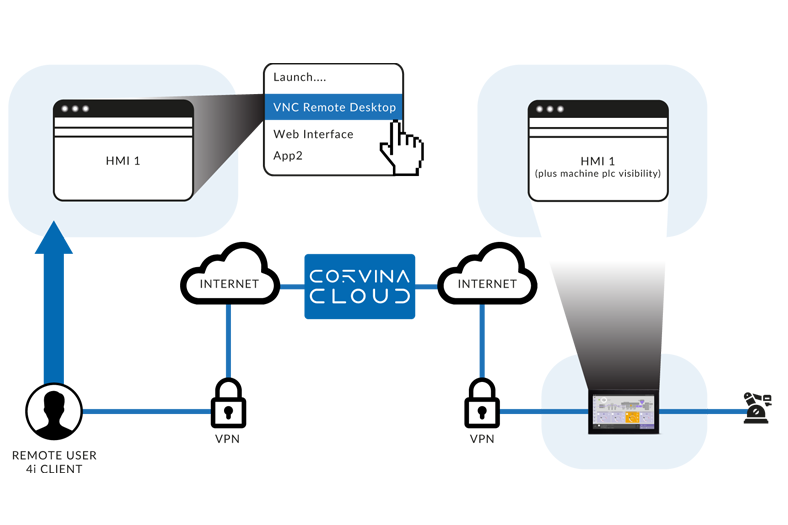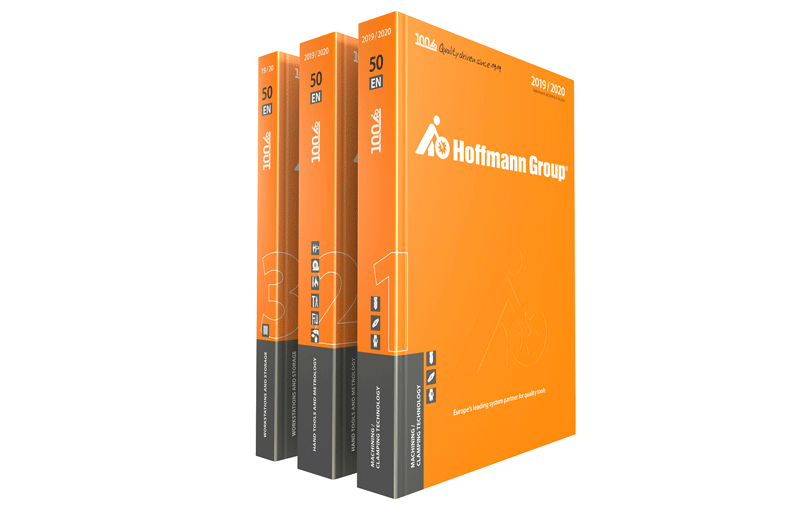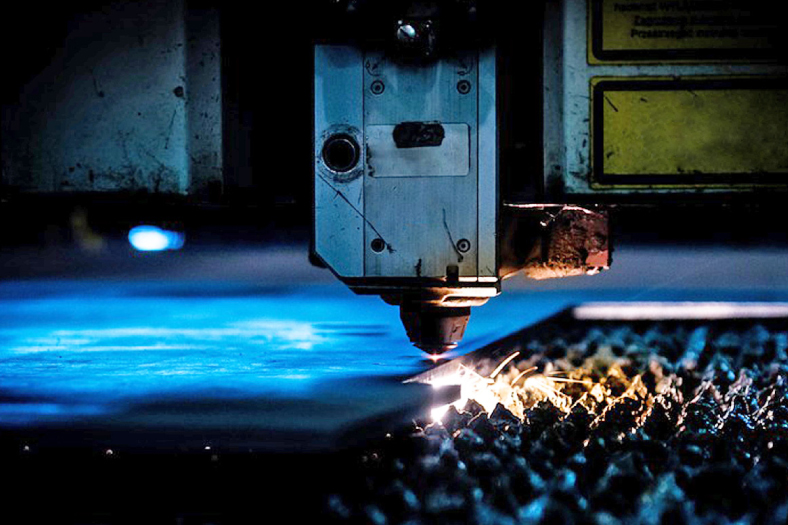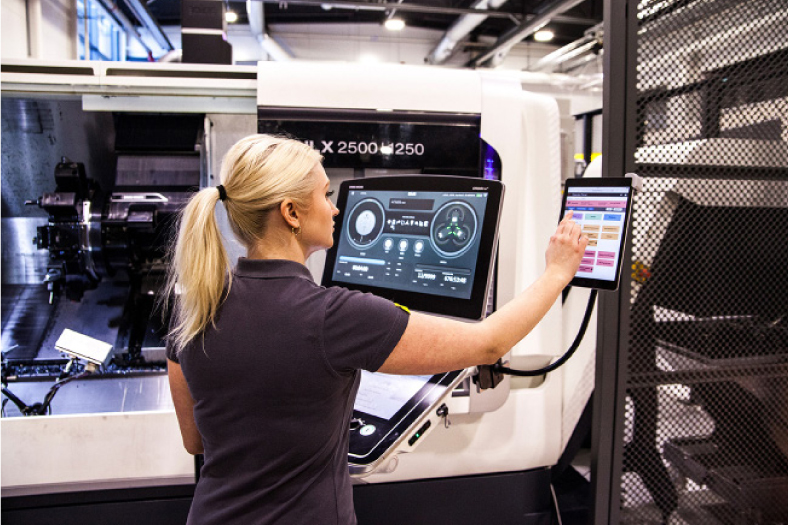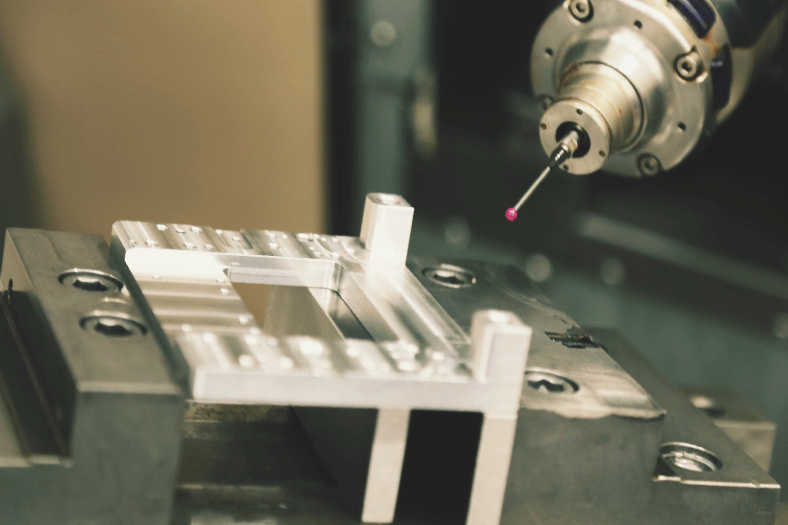AMT and cloud computing: Revolutionising the automobile industry
September 12, 2018 4:11 pm
Automating a manual transmission and no hassle while storing vehicle data; the wishlist of automobile manufacturers just got ticked! The world automobile leaders bet on AMT and cloud computing to stir a revolution in the industry.
Manual transmission to automatic manual transmission: Is India ready?
Comfort driving is the only answer that would justify the shift. The traffic situation in every city is deteriorating day-by-day with many turning to automatic transmission over the conventional stick shift. Moreover, OEMs are also coming up with variants supporting such transmission techniques. A couple of years ago, only a select few especially luxury or premium segment cars would provide automatic transmissions. Today, all players even in mainstream vehicles are offering these automatic transmissions across segments. Even some of the government run transports busses have automatic transmission. This paradigm shift is witnessed because of the growing demands of consumers and their willingness to have a comfortable driving experience. I would say, India has already moved in this direction and this trend will only become more prominent in years to come. There are transmission techniques in automatic – automatic manual transmission (AMT), continuous variable transmission (CVT) and direct shift gearbox (DSG). Each one offers a different level of comfort and driving pleasure, which Indian consumers are willing to opt and pay for. A shift from manual transmission to automatic needs a change in mindset for the buyer. Unfortunately, this will never be aided by costs and a manual will always be priced lower as compared to automatic. Those who would place comfort & convenience above costs would definitely move for an automatic transmission.
What’s in for the common man?
In India, the first aspect of buying a vehicle starts from the question “What is the fuel efficiency?” or “How much does it give?”. It was a myth that automatic transmissions consume higher fuel, which was one of a deterrent for buying these vehicles. However, with technology advancements in vehicle technology, todays automatic transmission vehicles provide better fuel economy against manual shifts. Thus, definitely apart from the engine, transmission and comfort, a better fuel economy is helping consumers the make this shift from manual transmission to automation transmission.
Many staunch supporters of stick shift mechanisms would debate that the pleasure and charm of driving would be lost with automatic transmissions. However, in my opinion, automatic provides an enhanced driving pleasure and the offered comfort is like an icing on the cake. I would urge readers from personal experiences that automatic vehicles provide great driving pleasure and comfort. These will definitely score high amongst buyers.
The future of mainstream vehicles
It is essential for all OEMs, whether luxury or mainstream vehicle manufacturers, to provide variants, which are automatic else they might miss a major market share in offering. It will not suffice for these players to offer automatic transmissions only in certain variants as the growing young population will like choices at hand while choosing a vehicle and certainly would not like selecting from the available select few variants.
Today, most mainstream vehicles have automatic transmission option in India. In the future, this will be evident even more. I will not be surprised if there are more automatic variants and the manual might see a drastic decline. Therefore, what was once the status of automatic vehicles portfolio with mainstream vehicles might be the status of manual transmission a few years down the line.
The world is betting on cloud computing in automobile industry
Cloud storage or cloud computing, we are moving fast in this direction. It is no longer a hassle for us as an individual when we think of changing phones, which was a big deal a couple of years ago. We needed to take backup from our older phones and it then have copied to the new phone. Today, everything is backed up on the cloud and everything is back on our phones once we configure our mail account on the new phone. This has enhanced our convenience.
In automobile industry, data generated during the vehicle production is very important and it is necessary to trace this data even after the vehicle is out of production. This data is read out of the vehicle ECU at the testing stations and the data is mapped against verified values suitable for the vehicle type. In case, they are erroneous, the vehicle can be reprocessed for the errors and made fit for delivery. With cloud computing, this is expected to become easier, safer and guaranteeing long-term storage for such critical data. However, the security aspects of cloud platforms needs to be considered and the industry might need to wait a little bit before driving deep into this horizon. I would recommend the industries to become ready for cloud computing by adopting edge architectures in their factories. Edge architectures offer factories to have all data, analytics on the premise and get full control of it. Anytime in the future, the factory can move this data to the cloud using open connectivity protocols such as OPC UA and MQTT bridging the IT OT gap.
The benefits a cloud powered automobile would bring to the table
Shop floors, machines, and devices are becoming connected and so are automobiles. This will only be possible with cloud computing and cloud storage. With cloud powered automobiles, it would be easier for the OEM and the owner to track vehicles in real-time. This will be a huge benefit for protection against theft and for fleet operators.
Apart from tracking, essential vehicle data such as engine status, impact alert etc. would be generated with cloud powered vehicles. This would help OEMs to offer better after sales service or it would warn owners about the status information. This could further be clubbed with various critical parameters such as air pressure, oil levels and more essential for smooth operation of vehicle.
There are immense benefits, which cloud powered vehicles would bring to consumers.
Authored article by:
Ninad Deshpande
Head- Marketing, B&R Industrial Automation
Cookie Consent
We use cookies to personalize your experience. By continuing to visit this website you agree to our Terms & Conditions, Privacy Policy and Cookie Policy.




